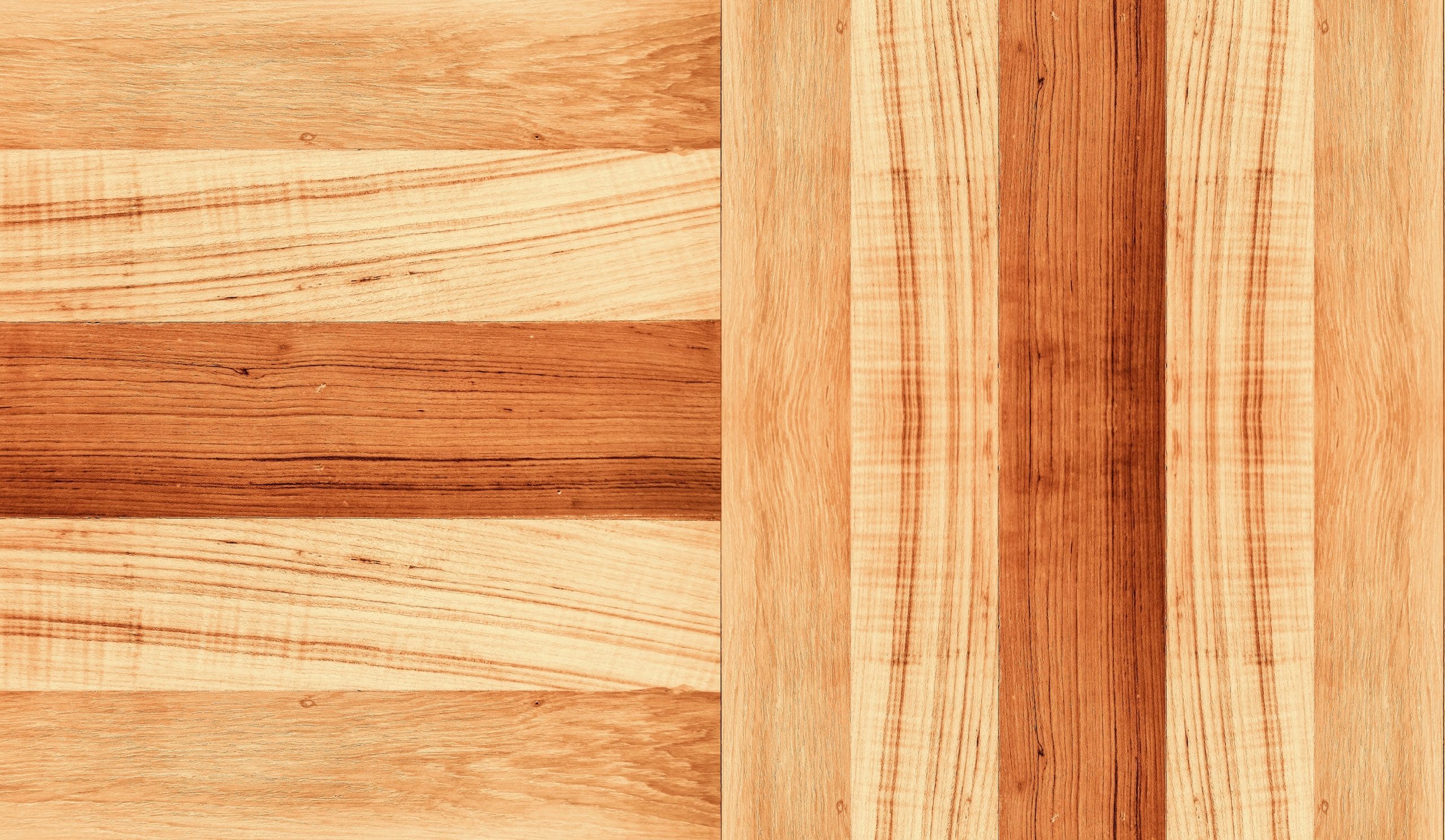Cross laminated timber was originally invented in the 1970’s with manufacturing really ramping up in Europle in the 1980’s, at which point the design increasingly gained recognition as a high-performance material for structural systems. In current times, there are many producers mostly located in Austria, Germany, and Scandinavian countries. In Canada, this system has been celebrated as a new opportunity for wood in non-traditional applications and is gaining popularity quickly.
What is Cross-Laminated Timber?
Cross-laminated timbers (CLT) are engineered wood panels manufactured by cross-laminating adhesives or fasteners with lumber. Usually, these large panels are created with between three and seven layers stacked at right angles and glued or nailed together. Panel thickness is usually between 50mm to 300mm, with each layer being composed of softwood boards.
CLT panels range in size from 1.2 m to 3 m in width, and 5 m to 15 m in length. Manufacturers can pre-cut openings in the panels to any dimension or shape, including openings for doors, windows, stairs, and ducts. The panels are stable and can be used for loadbearing.
Suitable Uses for CLT
Because of the dimensional stability of CLT, the product can be used for flooring, walls, or roofs for mid-rise construction projects. In some cases, the CLT product may be left exposed to the interior of the building as it has an aesthetic appeal. In Canada, CLT panels are becoming popular for multi-story structures due to its durability and ability to speed up construction practices.
Since year 2000, CLT has gained in popularity in North America as an emerging green building component. The North American wood industry has recently implemented a plan to introduce CLT products into Canada and the USA by developing quality assurance procedures and design values for the product.







